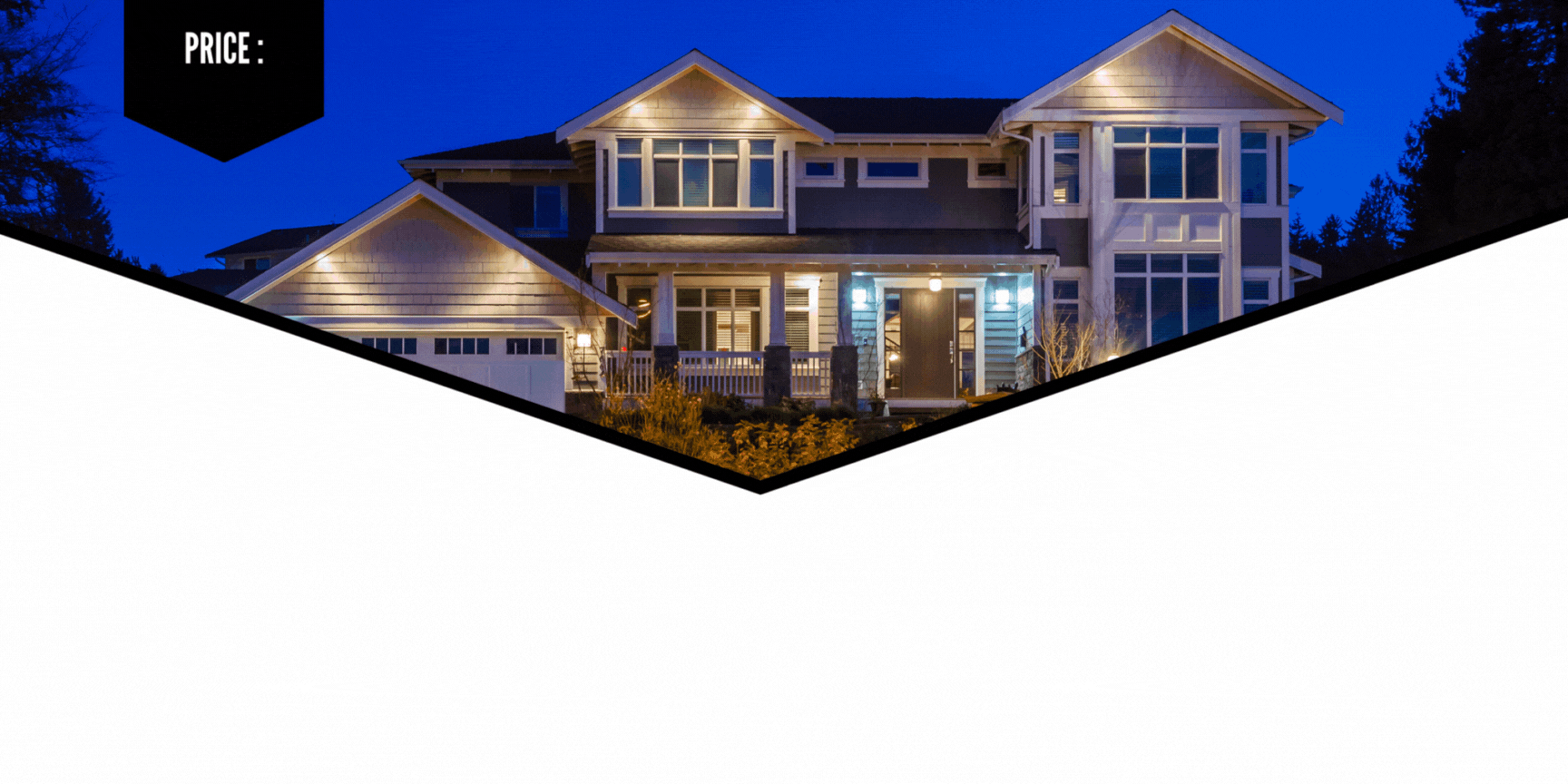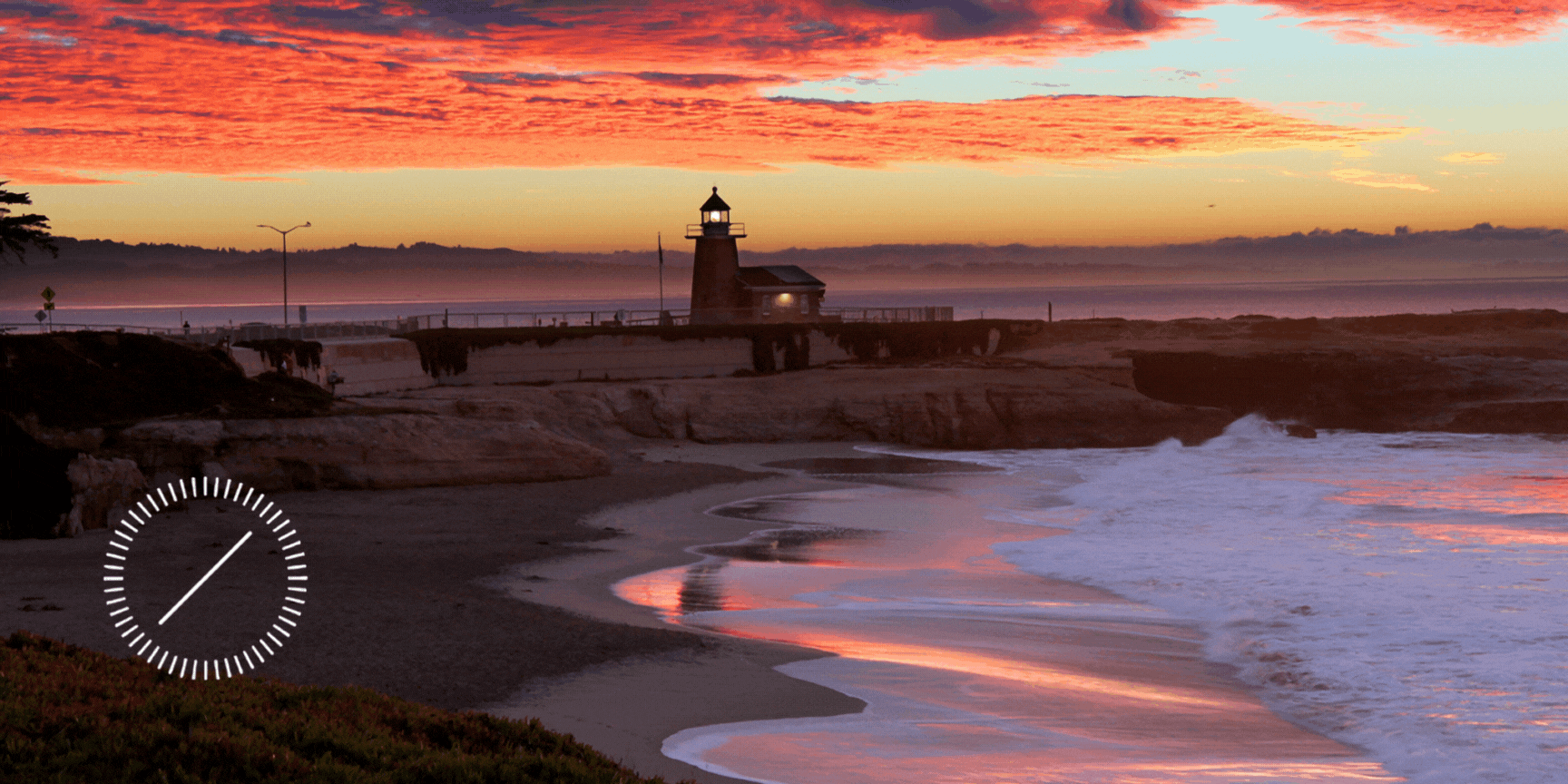I was talking to a colleague of mine the other day at the office. He was saying he had a client who was looking for some investment properties. “Why don’t you turn him on to my listings down in Watsonville?” I asked. “They’re great investments, they are priced really well.” My colleague replied that his client was looking up in Boulder Creek, primarily.
To me, that’s a bit silly – Boulder Creek is all very well and good, but home prices are lower in Watsonville than they are in Boulder Creek, and the rental prices are the same if not higher down there. Plus, most homes in Watsonville don’t have a septic system you have to worry about maintaining, either. So, do the math: if the median home price in the San Lorenzo Valley was $525,000 in 2007 and the median price in Watsonville was $400,000 – yet both areas fetch about the same amount for rent, which area do you think makes a better investment?
Of course, one could speculate that values in Boulder Creek will rise quicker than they will in Watsonville. If that’s true, though, I would think that they’d be falling at a slower rate than they are in Watsonville, but they aren’t, not really.
My colleague also brought up the point that if home prices continue to drop, then neither Boulder Creek nor Watsonville is a good investment. That may be true, but like all investments, their values can rise and fall. They were rising for years, now they’re falling, but in another (who knows how long?) or so they’ll be rising again. But if you are are like many buyers, you’ll probably want to buy at the “bottom” of the market. How can we know we’re at the bottom of the market?
In Watsonville, I think we’re pretty close. Here’s my idea for when we know we’re at the bottom of the market: when it costs more to rent a home than it would be to buy it with 100% financing (if you can find it).
Let’s take as an example one of my listings – at 262 Sunnyills Drive in Watsonville. It’s your basic two bedroom, one bathroom condo. It has a carport, no garage. It’s more like a “duet” home, though – it shares only one wall with a neighbor, and it has a pretty good size yard and back patio area, probably about 800 square feet of private, fenced, outdoor living space. I’m thinking it’d be great for someone with a dog or some kids. I’m not an expert on the rental market, but I figure it would rent for around $1250.
Now, we’ll have to make a few assumptions here. Namely: 5% vacancy factor. No insurance, because the HOA dues of about $175/month. Interest rate of 6%, because it’s a conforming loan – and we’ll assume we can get 100% financing. Property tax rate about 1.1%. $1,000/year for maintenance and repair (the HOA, after all, maintains the exterior). Since it’s an investment property, and the Assessor says it’s 40% improved, that means we get a yearly depreciation deduction of $3,782. Also, we will assume that the buyer’s tax bracket is 30%.
What’s it all come to? On a monthly pre-tax basis, this unit is going to lose about $862, using those assumptions. However, on an after-tax basis, after accounting for the interest tax deduction, the depreciation deduction, and the theoretical 30% tax bracket, we find that the property is only losing $121 per month. Playing with the spreadsheet a bit reveals that with a sale price of $220,000 and 0% down at 6% interest, this property breaks even on an after-tax basis with a purchase price around $220,000 – about 15% less than the current asking price.
Of course, there are lots of folks who are going to want to pick apart my numbers. And, it should be carefully noted, I’m not an investment advisor, and these numbers are just used for estimating purposes, and your mileage may vary, take it all with a grain of salt – in short, don’t believe a word I’m saying, buyer beware, caveat emptor, batteries not included.
But if you want to play with the numbers yourself, here is my Investment Analysis Spreadsheet
It should be noted that the Watsonville condo market dropped 12.4% last year. And I suspect that really, the “resale” condo market dropped quite a bit more than that – a bunch of new condos came onto the market last year and they commanded a higher price than resale condos. But if the market continues to drop at the same rate, and if my hypothesis is true that the bottom of the market cannot go any lower than another 15%, that puts the “rock bottom” of the market at the end of first quarter 2009.
However, I don’t know that we’re going to hit rock bottom. I think we’re pretty close to it now. After all, if the buyer were to put 20% on that unit – a mere $52,000 – the unit would already be breaking even on an after-tax basis.





